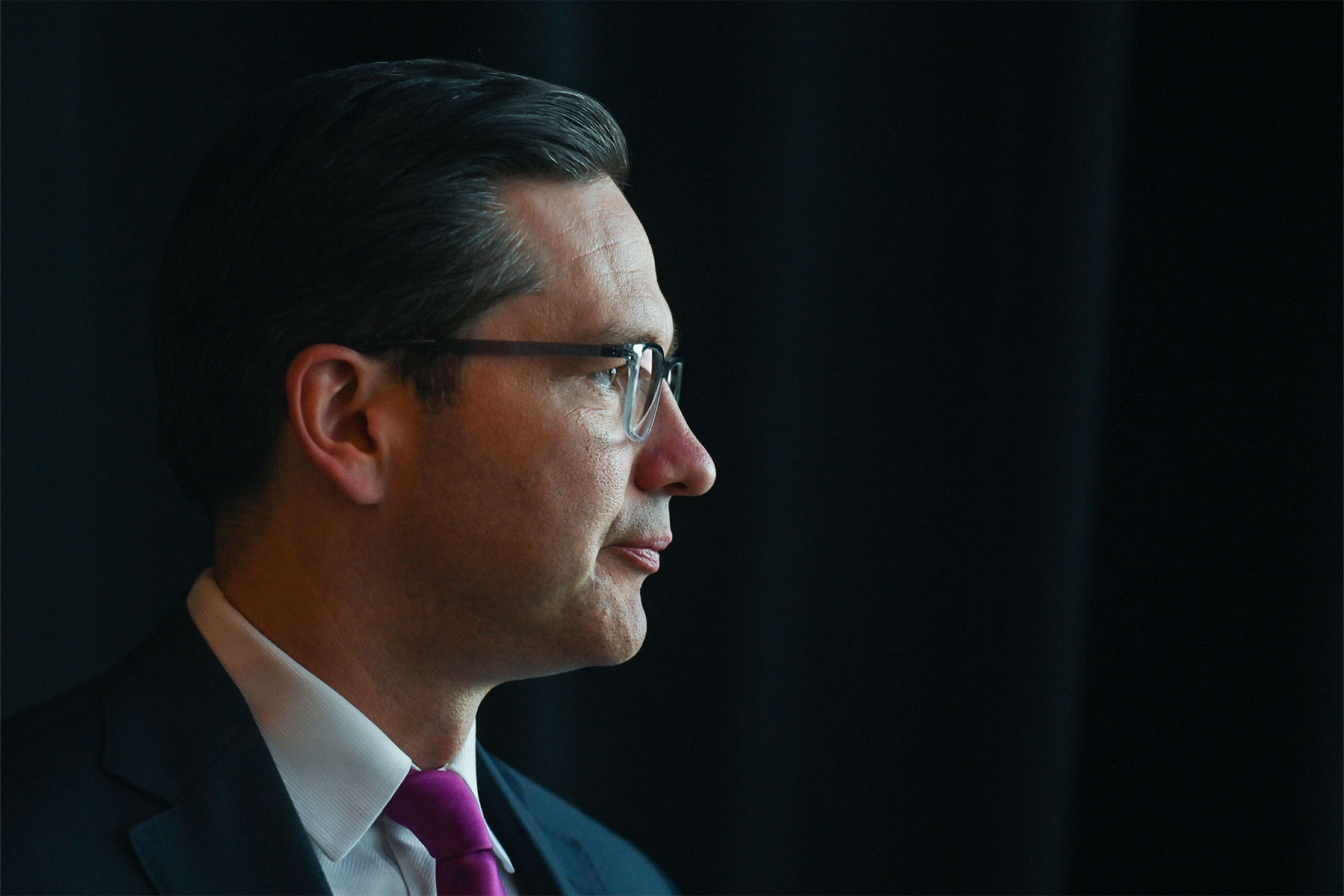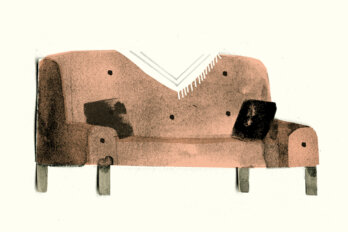By-election season is narrative season. From time to time, a seat will become vacant between general elections—members resign or die—and an election is required within six months to fill it. In a legislature with 338 seats and a country with a voracious pundit class and deep roster of political operatives, the occasional ad hoc electoral contest becomes a chessboard on which players battle over the future of the nation. It all sounds grand and very important, but typically, the races themselves mean little for law, policy, or the next general election. They do, however, shape perceptions and drive the way we think and talk about parties and their leaders. They give parties a chance to trial and experiment with electoral strategies. Of course, they also return members of Parliament to constituents, but that fact tends to get lost in the melee.
On June 19, by-elections were held to fill four House of Commons seats. Perhaps above all, the races were framed as the first electoral test for Pierre Poilievre. As the new leader of the Conservative Party, elected in September 2022, Poilievre was in the spotlight. From the beginning, he was, by design, a polarizing figure. He ran for the leadership the same way he’s run the Conservative Party since becoming leader—in the style of a right-wing YouTuber, elbows up, keen to smash norms and bite like a rabid bulldog. He has balanced working-class outreach—by way of talking about inflation, affordability, and housing policy—with social and cultural sorties on drug policy and the so-called “woke” agenda.
For his efforts, spring and summer polls and projections have had his party neck and neck with—sometimes ahead, sometimes just behind—Prime Minister Justin Trudeau and the governing Liberal Party, which is accumulating its share of baggage after nearly eight years in power. Under Trudeau, the Liberals have managed some feats—the Canada child benefit, carbon pricing, successful COVID-19 vaccine procurement—but have fallen into scandals and failures, from abandoning electoral reform to SNC-Lavalin corruption allegations and a contested bill on internet-streaming regulation.
Under Poilievre, the Conservatives are projected to be well within government-forming distance, according to the polls. But the last two Conservative Party leaders weren’t far off themselves. Both Andrew Scheer in 2019 and Erin O’Toole in 2021 managed to win more votes than Justin Trudeau in their respective federal elections. But aggregate popular vote doesn’t determine outcomes in Canadian elections. Seat count does.
One of the oldest lines in politics is that “governments defeat themselves.” Governments get long in the tooth, complacent, arrogant. Voters get sick of them and look to the opposition to replace them. It’s like a home renovation: “I’m so sick of that tile.” It’s true that governments defeat themselves—but only if opposition parties don’t beat themselves first. We can draw some tentative conclusions from Monday’s races, but the trick with by-elections is not to draw too many firm conclusions from them. A handful of elections do not necessarily serve as a predictor of what’s to come in a general election. We don’t know when the next federal election will be—it could come as late as fall 2025—but we do know, when it does come, there will be 338 elections at once. By comparison, four by-elections are a drop in the bucket. We can, however, look at each by-election and ask how parties fared against expectations and history.
Each of the four seats up for grabs on Monday were safe seats. They were held equally by the Liberals and Conservatives: two each. In the 2021 general election, Jim Carr won Winnipeg South Centre by nearly eighteen percentage points over his Conservative Party competitor. In Notre-Dame-de-Grâce—Westmount, Liberal Marc Garneau broke the 50 percent threshold, winning the seat with almost thirty-five percentage points over the New Democratic Party second-place finisher. In Portage-Lisgar, Conservative Candice Bergen fared nearly as well, taking 52.5 percent of the ballots—and she would have done better had it not been for the second-place finisher of the People’s Party of Canada. In Oxford, Ontario Dave MacKenzie won with 47 percent, well ahead of the Liberal candidate, who finished with 20.5 percent.
As results rolled in on Monday night, it was clear early on that the Liberals and Conservatives would both keep the seats they’d gone into the by-elections with. Don’t be tempted to conclude too much from this beyond the fact that safe seats that were expected to remain safe seats stayed—you guessed it—safe. By-elections tend to be an unrepresentative sample of the country and a mere snapshot in time. And these four races were no different. There may be some side stories here and there—for instance, the Greens and their deputy leader, Jonathan Pedneault, had a good night in Notre-Dame-de-Grâce—Westmount. In 2021, the Greens finished fifth in the riding, with just 4 percent of the vote. This time around, they finished fourth, with over 13 percent and within 100 votes of second place.
Of the contests, it was Portage-Lisgar that was the most interesting—for all the wrong reasons. There, People’s Party of Canada leader Maxime Bernier was vying for a seat in Parliament after three losses in a row, courting social conservatives by promising to ban some abortions and oppose “evil” transgender-inclusive policies. Throughout the campaign, the Conservatives and the far-right PPC were at each other’s throats, struggling over the same voter base and the definition of who counts as right-wing. Unsympathetic observers might be inclined to say, “Let them fight”; a fractured right duking it out, depleting resources and tarnishing reputations, is all the better for the centre and left. But Poilievre’s cynical attempt to tie the PPC leader to the World Economic Forum—which holds an annual conference in Davos, Switzerland, villainous to many conservatives—and cast Bernier as a shill in the pocket of the elites who secretly dictate global affairs was reminiscent of conspiracy mongering and right-wing extremism. For his part, Bernier cast his Tory opponent as a fake conservative.
If the next general election features more conspiracy theory–driven battles over who is a “true” conservative as the CPC moves to protect its right flank, worried that it might lose conservative base voters to the PPC, political discourse in Canada could become even nastier than it already is. Of course, there’s also the chance that this loss—this utter shellacking—buries Bernier and his lot once and for all. Bernier indicated that he’s sticking around and he’ll run in Portage-Lisgar again in the next election.
Now that the by-elections are over, parties and their surrogates will battle over what they mean—drawing outsized conclusions and spinning them for the media and the public. Try to ignore them and don’t fall for their tricks. What’s more important than spinning half truths and full lies is that, behind the scenes, parties will evaluate what worked and what didn’t work in anticipation of the next general election.
There will be at least one more by-election—in Calgary Heritage, a safe Conservative seat—before the next general election. Trudeau has called it for July 24. That means we’ll do this again soon, barring a sudden, unlikely general election call. Whether party fortunes or strategies change between now and then depends little on the four elections just held, with the possible exception of some bad lessons from Portage-Lisgar, but that won’t stop the usual suspects from doing their best to convince you otherwise.





